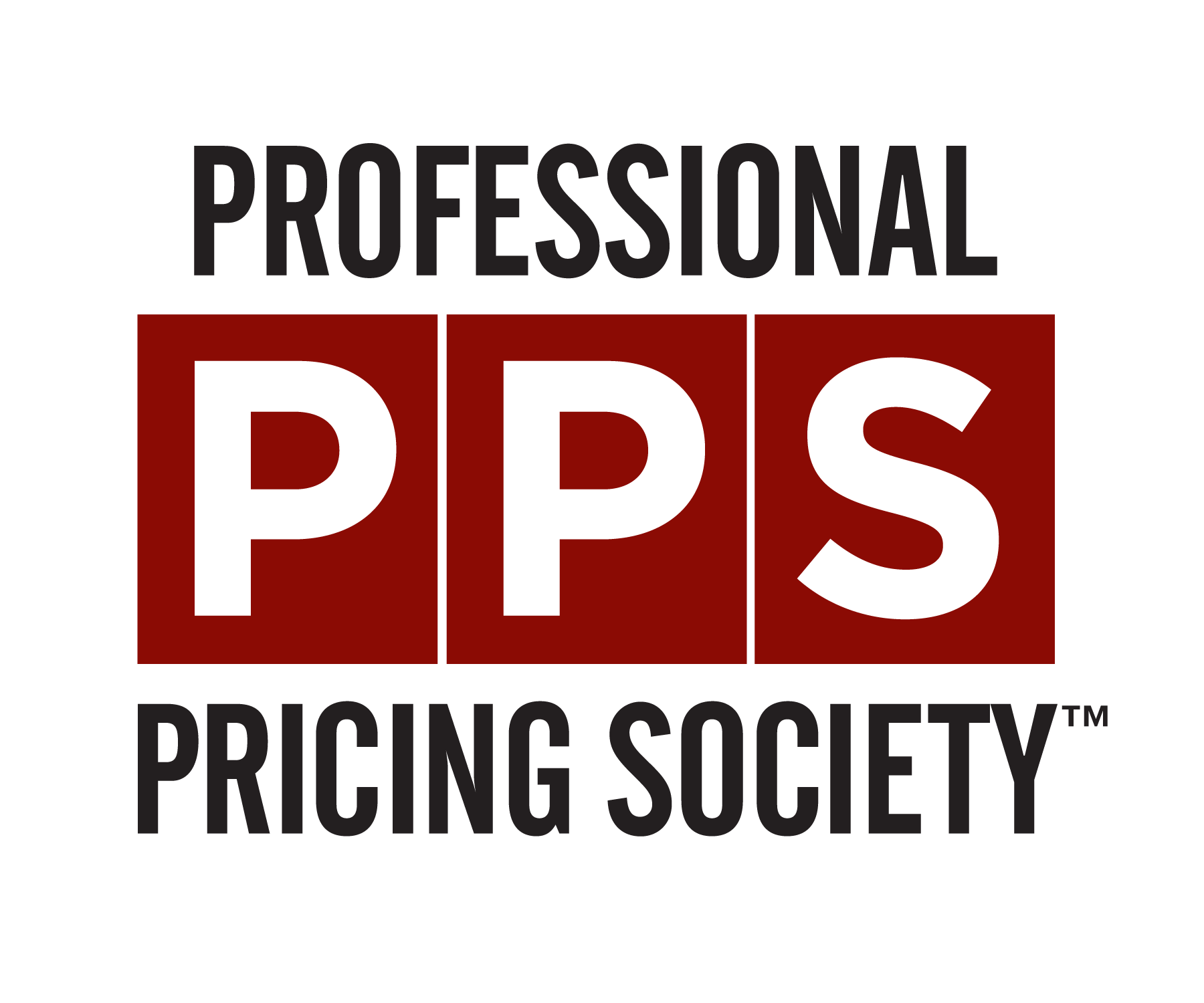Change Management for Pricing Initiatives
- darnell499
- Feb 5, 2021
- 5 min read

Most industries and enterprises are facing disruption today due to pressure from global competition, digitization of commerce, new technologies such as the Internet of Things (IoT) and artificial intelligence (AI).
Add to it the current situation of COVID-19 which is driving digitization faster than ever. In this context, we saw how technology could power faster price changes in this blog post.
However, identifying and implementing a systematic solution with the right technology, pricing tools and processes is just the beginning of a pricing transformation, which requires significant changes within an organization.
In this blog, we will explore how to build the ecosystem necessary for change including the steps involved in a pricing transformation journey.
We will look at a framework for managing change through a pricing transformation and the benefits companies expect to gain from price management automation and pricing transformation initiatives.
Framework For Approaching Change Management In Pricing.
When we think of change management, buzz words like ADKAR (Awareness, Desire, Knowledge, Ability, reinforcement), PDCA (Plan, Do, Check, Act), DMAIC (Define, Measure, Analyze, Improve, Control) come to our mind.
Change management is relevant in many industries that there are even Graduate certificate courses in change management offered by Institutions.
In spite of all these great references, tools and techniques, change management in pricing always has something unique to offer - simply because of the number of parties it impacts within and outside the organization.
To simplify change management for pricing initiatives, we are going to look at a 4- pillar framework called STEP - Strategy, Technology, Execution, People.
Strategy: This is a critical pillar in the change management framework. Every other pillar we are going to look at will be directed by Strategy.
Strategy plays a crucial role in every phase of change management.
Technology: In the world of pricing, it is important to deliver consistently on a variety of dimensions like Time to Market, Value, Profitability. Technology becomes the backbone enabling change management swiftly and efficiently.
For any pricing initiative, it is important to assess and be ready with the needed infrastructure, pricing tools and deployment strategies – so the time is spent on interconnecting systems and facilitating automated solutions.
Process: Establishing processes with proper controls in every step for pricing is crucial to managing change successfully.
It can span from product and engineering to operations to sales to legal. Defining this clearly with a RACI (RESPONSIBLE ACCOUNTABLE CONSULTED INFORMED) like structure becomes important so there is little to no time spent in revisiting the rules while in the middle of a change.
From my experience, below are the key area to focus on.
Focusing on short term wins and celebrating them
Striving to create efficient, repeatable processes that are audit-able
Integrating systems as much as possible so there are fewer opportunities for manual controls.
Following an agile methodology by creating minimum viable products and making sure the various product iterations reach the customers regularly in the form of improvements.
Have a solid test framework to eliminate defects

People – No change management can be successful without the support of people. People make the change happen.
This is an important lever for any change management – more so for pricing.
I will divide this into 3 phases:
Pre-Change Management:
Given the depth and breadth of impact pricing has inside and outside an organization, it is important to create a pricing organization- many companies do not have a dedicated team for pricing. Not having a dedicated team can become a bottleneck. A change means more time, more effort and not having a dedicated team means lesser bandwidth to focus.
If there is a dedicated pricing organization, it is important to Hire the right talent and retain it – this can be achieved only if everyone in the team understands the importance of change management.
We need to think about “what’s in it for them” for all critical stakeholders. Are they going to WIN something (ease of use, time…)? LOSE something (control, comfort level, influence etc.). Understanding this better, will allow us to plan better.
During Change Management:
Align with allies and collaborate with every team that has a direct/indirect impact due to pricing.
Another important attribute of pricing is the direct impact on external customers. Any change in pricing impacts the end customer directly. It is important to keep them in mind while implementing the change.
It is important to make “everyone be part of the journey”.
Post Change Management:
Follow up and facilitate conversations on how the change management is getting implemented.
Listen to feedback from stakeholders and incorporate them in the plans (strategy, technology, process and people).
Have empathy towards everyone involved in making the change happen.
Lessons Learned From Change Management For Pricing
1. Exhibiting “one-team” behavior always (MOST IMPORTANT) - If there is just 1 thing, I should call out for a successful change management in pricing, that would be this – because this lays the foundation of the “One goal” we are all working towards. We should focus on that and help each other in the process. Differences of opinions/goals that typically exist across various departments need to be resolved upfront and everyone should embrace the chosen strategy before implementing change.
2. Continuous communication (MOST CHALLENGING) – keeping the thread alive and ensuring everyone is part of the journey is crucial. Keeping everyone in the loop should be part of the process being established so there is awareness and same level of understanding across the organization.
3. Early engagement (MOST UNDERRATED) – always remember to be “loud, clear and upfront” with teams, never postpone conversations or assume there is no impact for a team – it is better to reach out and inform, than feel left out. This will improve collaboration and distributes the problem solving across the board. Information transmission doesn’t happen voluntarily.
Finding allies in each group that can relay the message, so the change is perceived as coming from within as well vs imposed on the team by an external body.
4. Establishing process norms and guidelines for the overall change management + individual sub operations is required. I think of this as” running a company” – where there is a rule book/process for how teams should interact amongst themselves for what they are responsible for, at the same time have rules to keep their own home in good hygiene.
Establishing intra and inter team process rules and expectations and following them without stepping in one another’s areas is important for successful change management – specifically for pricing because it is very often “hot” and “time sensitive”. Finally, messaging and re-messaging (MOST TIRING BUT MOST NEEDED) to ensure these are practiced will help for an easier change management
Concluding Thoughts:

Having said all of this, I want to close by saying that change is coming always due to the 4Cs
1. Your own competency is improving
2. Compute revolution (AI/ML)
3. Ever existing competition
4. Evolving customer expectation/needs
“Change horizon is massive and is coming anyways - it’s up to individuals and organizations to be willing to change.
About The Author:

Kalpana Sundar is director of product management in the Pricing organization at PayPal. She is responsible for building and scaling products and platforms that facilitate price management, pricing sciences and analytics. Kalpana earned her Bachelor of Engineering from the College of Engineering, Guindy and her MBA in Customer Relationship Management from Symbiosis, Pune.




